
Peter Altmeier Monument: A Tribute to Rhineland-Palatinate's Statesman
Honoring Peter Altmeier, the influential Minister-President of Rhineland-Palatinate, this monument symbolizes regional unity and post-war reconciliation near Deutsches Eck in Koblenz.
The Peter Altmeier Monument in Koblenz stands as a tribute to Johann Peter Altmeier, the second and longest-serving Minister-President of Rhineland-Palatinate. Inaugurated in 1981, the monument is located along the Peter-Altmeier-Ufer, near the Deutsches Eck, where the Rhine and Mosel rivers meet. The monument, crafted from red Mainsandstein, symbolizes the regions that formed Rhineland-Palatinate after World War II and represents the opening of the state and the bridge to France. Visiting this monument offers a moment to reflect on the history and development of the region, as well as the legacy of a key figure in its formation. The surrounding Moselanlagen provide a pleasant environment for a stroll, making it a worthwhile stop for those interested in the history of Koblenz and Rhineland-Palatinate. The monument serves as a reminder of Altmeier's significant contributions to the region's political landscape and its reconciliation with neighboring countries.
A brief summary to Peter-Altmeier-Denkmal
- Peter-Altmeier-Ufer, Koblenz, 56068, DE
- Visit website
Local tips
- Combine your visit with a walk along the Moselanlagen, enjoying scenic views of the Mosel River and the surrounding landscape.
- Visit the Deutsches Eck, located nearby, to witness the confluence of the Rhine and Mosel rivers and explore another significant landmark in Koblenz.
- Take a guided tour of Koblenz to learn more about the history of the city and the significance of the Peter Altmeier Monument.
Getting There
-
Walking
The Peter Altmeier Monument is located on Peter-Altmeier-Ufer, easily accessible by foot from Koblenz's Altstadt (Old Town). From the Hauptbahnhof (main train station), walk towards the Rhine River and follow the riverbank path. The monument is approximately a 20-minute walk from the train station, passing landmarks such as the Deutsches Eck. No special transport or tolls are required. Alternatively, from Görresplatz, walk east towards the Rhine, then turn left onto Konrad-Adenauer-Ufer/B9. Continue to follow Peter-Altmeier-Ufer. The monument will be on your right. The walk is about 15 minutes.
-
Public Transport
If arriving by public transport, take bus line 1 towards Altstadt/Deutsches Eck and get off at the 'Deutsches Eck' bus stop. From there, the Peter Altmeier Monument is a short walk along the Peter-Altmeier-Ufer. A single bus fare within Koblenz is approximately €2.60. Alternatively, from Koblenz Hauptbahnhof (main train station), take any train to Koblenz Stadtmitte station, then walk towards the Rhine River and follow the riverbank path. The monument is approximately a 10-minute walk from the Koblenz Stadtmitte station.
-
Taxi/Ride-Share
A taxi or ride-share from Koblenz Hauptbahnhof to the Peter Altmeier Monument will cost approximately €8-€12, depending on traffic. The journey typically takes 5-10 minutes. Request to be dropped off at Peter-Altmeier-Ufer near the Deutsches Eck for the closest access to the monument.
Discover more about Peter-Altmeier-Denkmal
Iconic landmarks you can’t miss
Peter-Altmeier-Denkmal
0.0 km
Honoring Peter Altmeier, the influential Minister-President of Rhineland-Palatinate, this monument symbolizes regional unity and post-war reconciliation near Deutsches Eck in Koblenz.
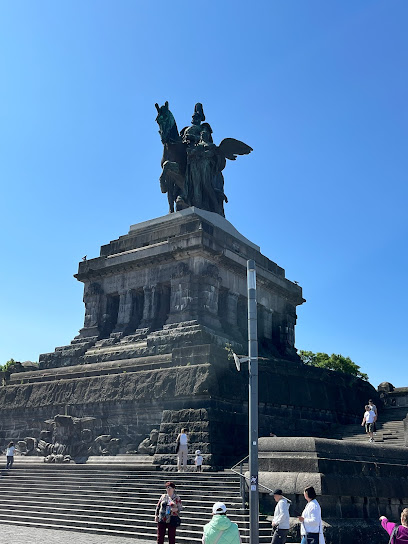
Denkmal der deutschen Einheit
0.2 km
Witness the confluence of history and rivers at the Denkmal der Deutschen Einheit in Koblenz, a powerful symbol of German unity and resilience at the Deutsches Eck.
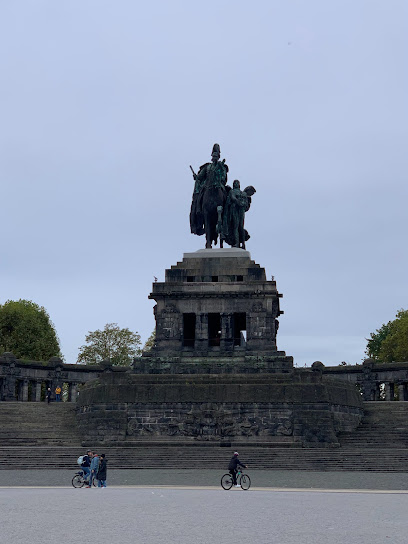
Josef-Görres-Platz
0.4 km
Experience the vibrant heart of Koblenz at Josef-Görres-Platz: a historic square where culture, architecture, and local life intertwine, offering an unforgettable glimpse into the city's soul.
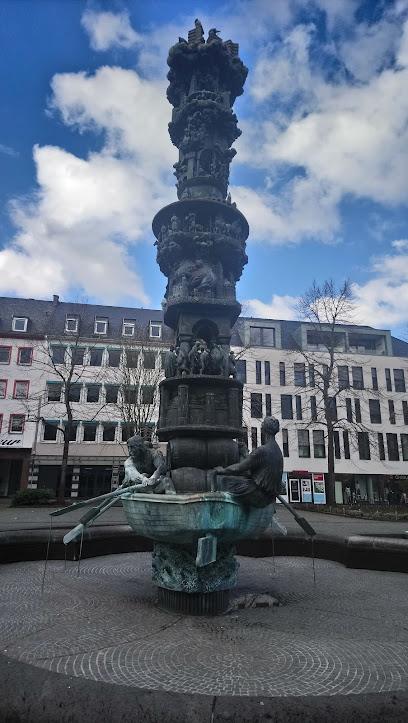
Jesuitenpl.
0.4 km
Discover Jesuitenplatz in Koblenz: A historic square where the echoes of the Jesuit order resonate through stunning architecture and a vibrant cultural atmosphere in the heart of the Old Town.
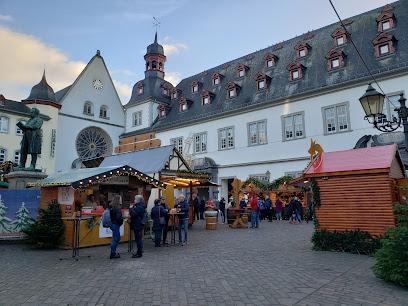
Barmherzige Brüder von Maria-Hilf - Peter Friedhofen Haus
0.4 km
Discover a serene sanctuary in Koblenz's Old Town at the Peter Friedhofen Haus, a historic monastery offering tranquility, reflection, and a glimpse into the Barmherzige Brüder's enduring legacy.
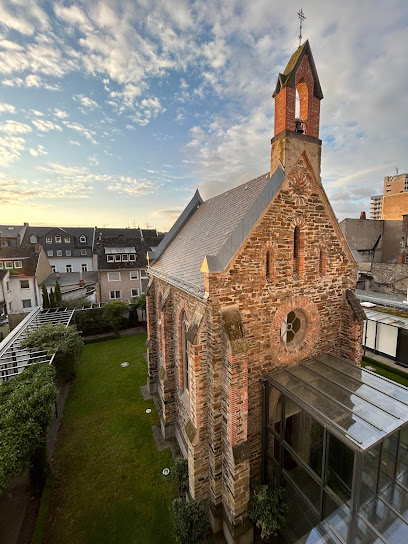
Familienbrunnen (Brunnen der Generationen), Koblenz - Rudi Scheuermann (1980)
0.5 km
Discover Koblenz's captivating history etched in stone at the Familienbrunnen, a generational fountain narrating the city's evolution from Roman times to the present day, nestled near the iconic Liebfrauenkirche.
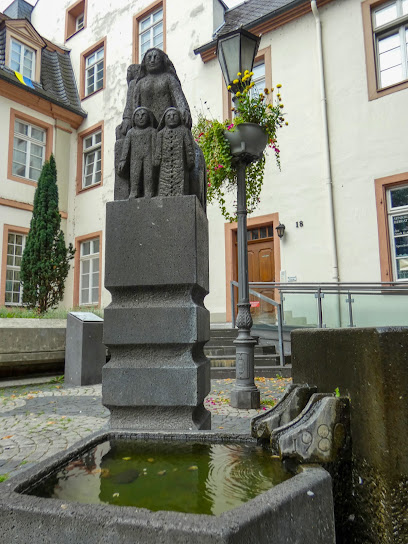
Altstadt Koblenz
0.5 km
Explore the historic heart of Koblenz, where Roman roots meet medieval charm at the confluence of the Rhine and Moselle, offering a captivating journey through time.
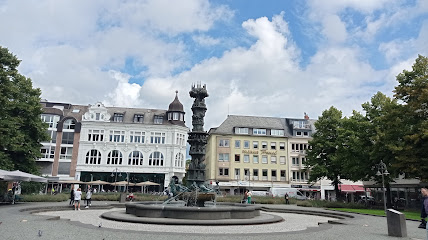
Brunnen zur Stadtentwicklung, Koblenz - Willi Heinzen (1992)
0.5 km
A modern fountain on historic Münzplatz, symbolizing Koblenz's rich history and ongoing evolution, surrounded by Altstadt charm and vibrant city life.
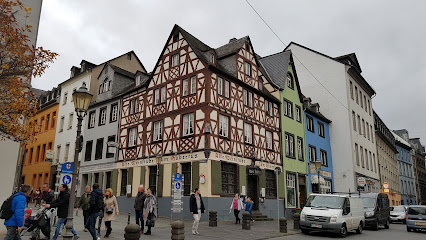
Stadtarchiv Koblenz
0.5 km
Delve into Koblenz's past at the City Archive, housed in the historic Alte Burg, offering a wealth of documents, maps, and photographs for researchers and history enthusiasts.
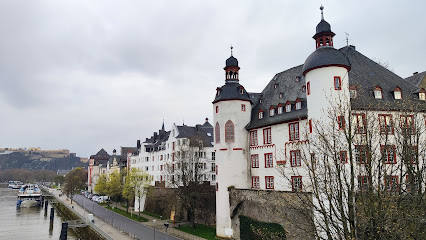
Münzpl.
0.5 km
Discover Münzplatz in Koblenz: where history comes alive in a vibrant square, surrounded by Baroque architecture, charming alleyways, and the echoes of electoral coinage.

Clemensbrunnen, Koblenz - Clemens Wenzeslaus von Sachsen (1791)
0.6 km
Discover the Clemensbrunnen in Koblenz: a historic fountain honoring Clemens Wenzeslaus, reflecting the city's rich electoral past and architectural beauty.

Mahnmal für die Opfer des Nationalsozialismus in Koblenz
0.6 km
A poignant memorial in Koblenz honoring the victims of National Socialism, urging reflection on the past and commitment to a future of tolerance and justice for all.
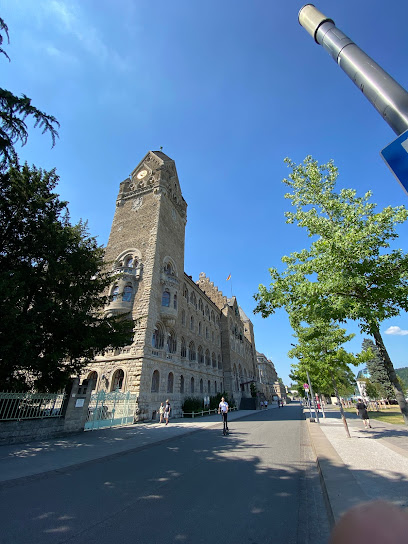
Portal des ehemaligen Dominikanerklosters
0.7 km
Discover the Portal of the Former Dominican Monastery in Koblenz: A historical gateway offering a glimpse into the city's rich past and the legacy of the Dominican order.
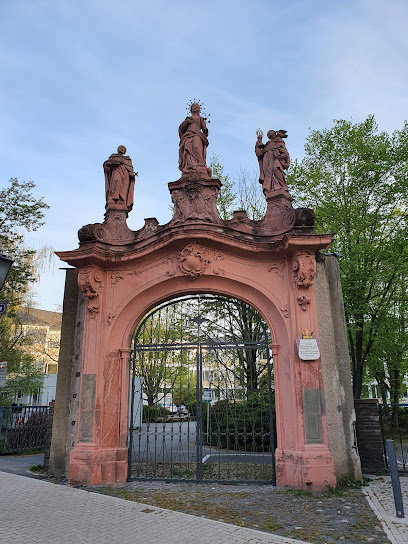
Rhein-Museum e. V. Koblenz
0.7 km
Explore the captivating history and cultural significance of the Rhine River at the Rhein-Museum Koblenz, nestled at the foot of the majestic Ehrenbreitstein Fortress.
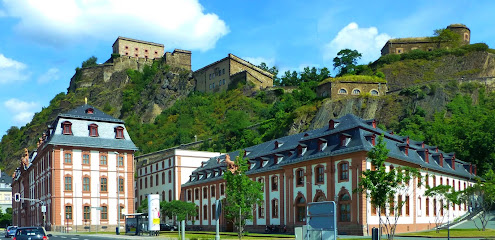
Pegelbrunnen
0.8 km
Discover Koblenz's flood history at the Pegelbrunnen in Ehrenbreitstein, a unique fountain marking centuries of Rhine River water levels on Kapuzinerplatz.
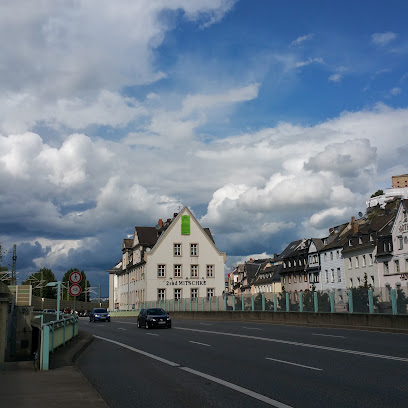
Unmissable attractions to see
Kastorbrunnen
0.1 km
Experience the serene beauty and historical allure of Kastorbrunnen, a must-see fountain in the heart of Koblenz, Germany.
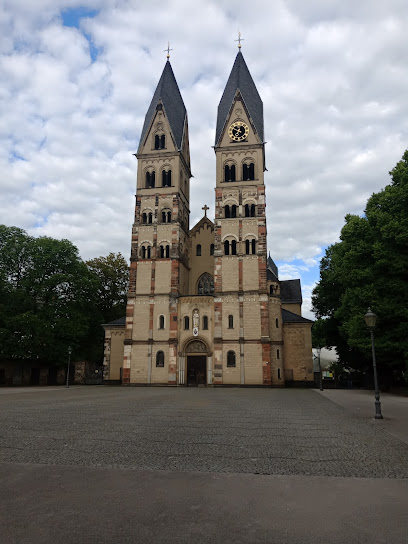
Basilica of St. Castor
0.2 km
Explore the Basilica of St. Castor in Koblenz, a historic Romanesque church offering breathtaking architecture and a serene atmosphere for pilgrims and tourists alike.
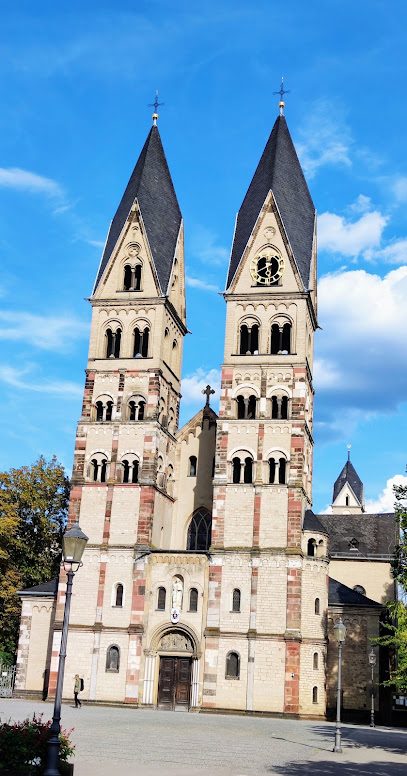
Ludwig Museum Koblenz
0.2 km
Discover the vibrant world of modern art at Ludwig Museum Koblenz, where creativity meets culture in a stunning setting.
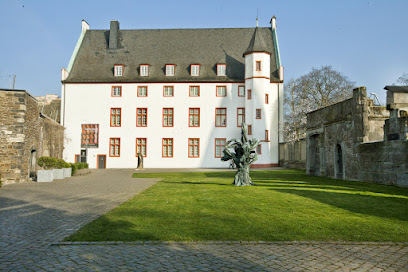
Seilbahn Koblenz - Talstation
0.3 km
Discover breathtaking views and rich history at Seilbahn Koblenz, the iconic mountain cable car offering stunning aerial perspectives of the city.
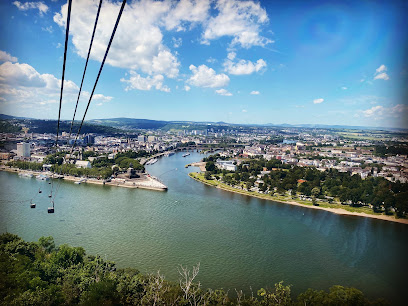
Altes Kaufhaus
0.3 km
Explore the rich history and culture of Koblenz at Altes Kaufhaus, a must-visit museum that connects the past with the present.
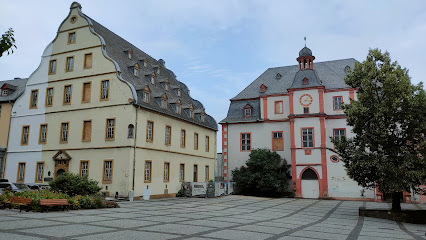
Turmuhr und Augenroller
0.3 km
Explore the historic Turmuhr und Augenroller in Koblenz, a charming clock tower that encapsulates the city's rich culture and heritage.
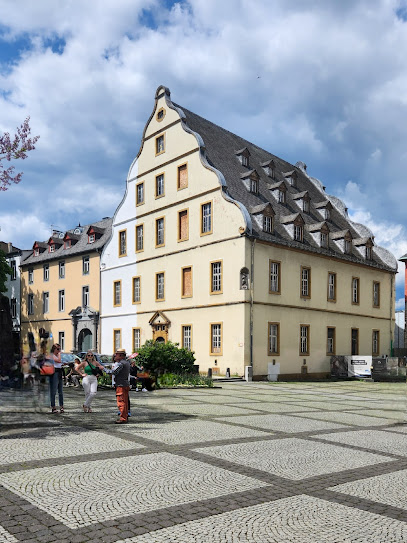
Anleger 3 - Hölzenbein
0.3 km
Discover the scenic beauty of the Rhine River at Anleger 3 - Hölzenbein, a perfect spot for relaxation and local culture in Koblenz.
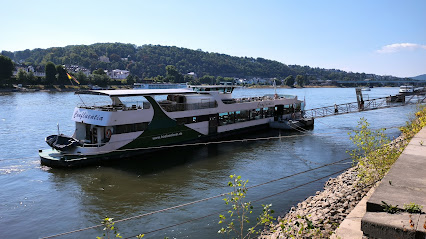
History Column
0.3 km
Discover the History Column in Koblenz - a striking memorial that encapsulates the city's rich heritage and invites reflection amidst vibrant surroundings.

Jesuitenplatz
0.3 km
Experience the vibrant culture and rich history of Koblenz at Jesuitenplatz, a picturesque town square that captivates every visitor.

Görresplatz
0.3 km
Discover the vibrant Görresplatz in Koblenz, a historic square rich in culture, stunning architecture, and local delights.
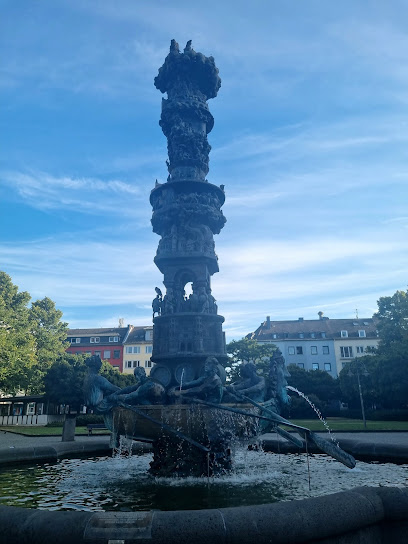
Johannes-Müller-Denkmal in Koblenz
0.4 km
Discover the Johann Müller Memorial in Koblenz, a serene tribute to history in the heart of the city’s vibrant Altstadt.
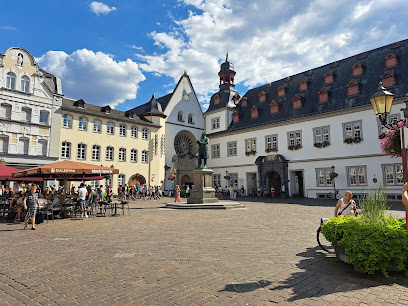
Memorial of German Unity
0.4 km
Discover the Memorial of German Unity in Koblenz, a monumental tribute to reconciliation and a scenic spot for tourists exploring Germany's rich history.
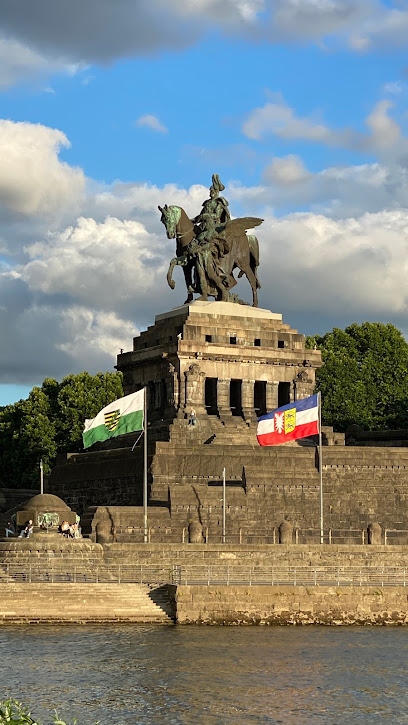
Deutsches Eck
0.4 km
Explore Deutsches Eck in Koblenz, where the Rhine and Moselle rivers meet, showcasing stunning views and rich historical significance.
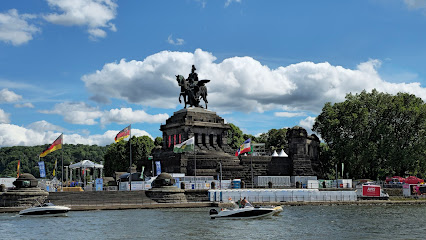
Citykirche am Jesuitenplatz
0.4 km
Discover the serene beauty and rich history of Citykirche am Jesuitenplatz, a baroque Catholic church in the heart of Koblenz, Germany.
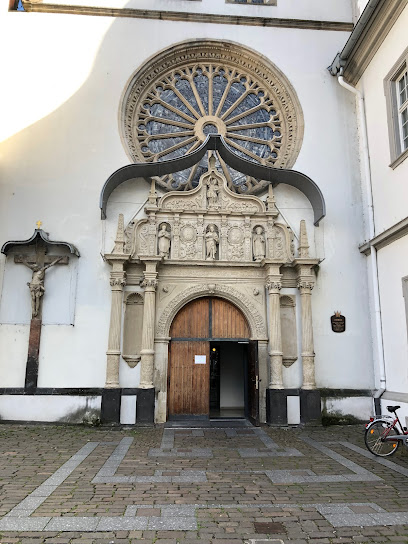
Ort der Kinderrechte / Stele
0.4 km
Explore the Ort der Kinderrechte in Koblenz, a meaningful tribute to children's rights, perfect for families and advocates alike in a serene urban setting.
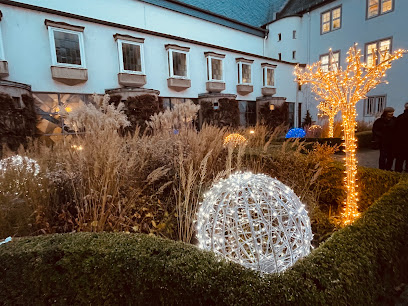
Essential places to dine
Gerhards Genussgesellschaft - Koblenz
0.2 km
Experience gourmet dining at Gerhards Genussgesellschaft in Koblenz—where tradition meets innovation in every bite.
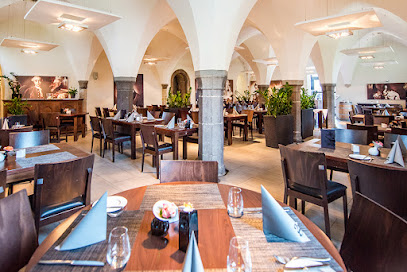
Maximilians Altes Kaufhaus
0.3 km
Discover authentic German flavors at Maximilians Altes Kaufhaus in Koblenz - a must-visit destination for food lovers exploring this historic city.
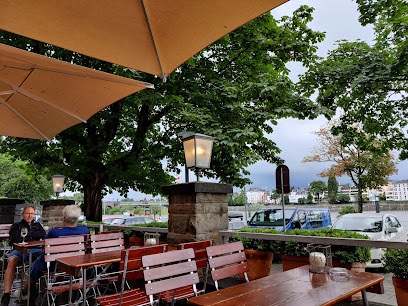
An Nam Asia Fusion & Sushi
0.3 km
Discover the rich flavors of Vietnam at An Nam Asia Fusion & Sushi in Koblenz - where tradition meets modern culinary creativity.
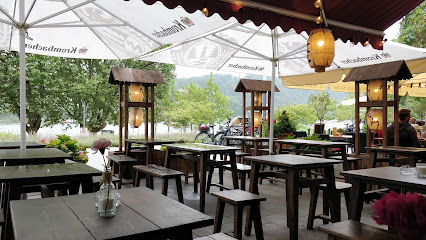
Wacht am Rhein
0.3 km
Experience authentic Italian flavors at Wacht am Rhein, where exquisite pizza meets stunning views of the Rhine River.

ALEX Koblenz
0.3 km
Experience the best of German cuisine and delightful pastries at ALEX Koblenz - where every meal is a celebration.
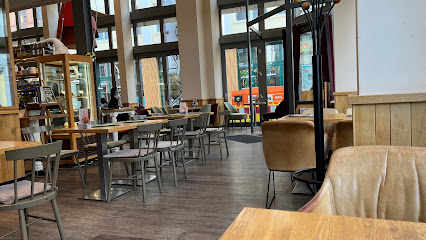
adaccio
0.3 km
Savor authentic Italian flavors at Adaccio in Koblenz—where delicious food meets vibrant ambiance.
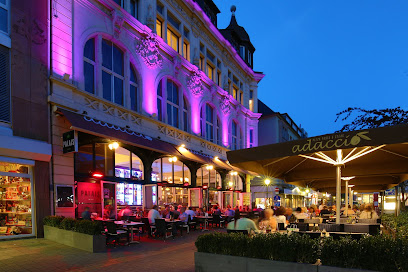
Einstein Koblenz
0.3 km
Discover the vibrant flavors of Einstein Koblenz – your go-to restaurant and cocktail bar for unforgettable dining experiences.
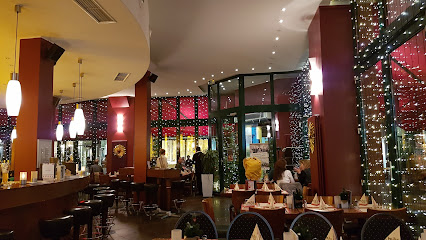
Restaurant Havana - Koblenz
0.3 km
Savor authentic Cuban cuisine and cocktails at Restaurant Havana - Koblenz, where vibrant flavors meet a lively atmosphere.
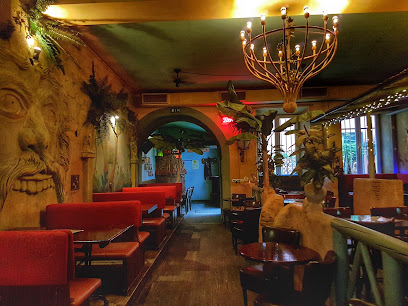
La Gondola - Koblenz
0.3 km
Savor authentic Italian cuisine at La Gondola in Koblenz – where every meal is a celebration of flavor and tradition.
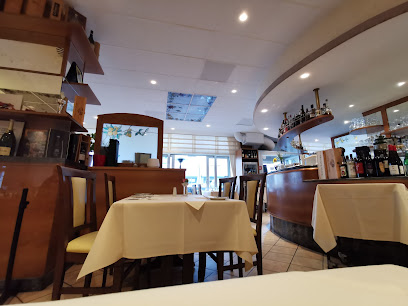
Saphir Koblenz
0.3 km
Experience exquisite dining at Saphir Koblenz - where local flavors meet international cuisine in a charming setting.

Restaurant Verbene
0.4 km
Experience fine dining at Restaurant Verbene in Koblenz—where culinary artistry meets elegance.
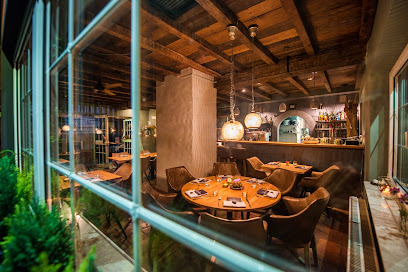
Café Bistro Pfefferminzje
0.4 km
Discover Café Bistro Pfefferminzje in Koblenz: A cozy bistro offering delightful breakfasts and exquisite coffee in a charming atmosphere.
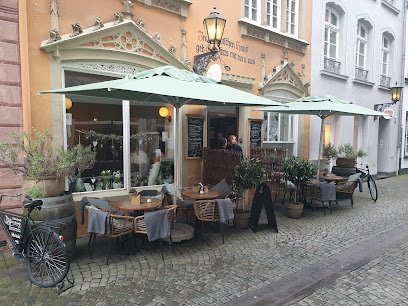
Weinhaus Hubertus
0.4 km
Discover authentic German cuisine and fine wines at Weinhaus Hubertus in Koblenz - a true gem for food lovers.
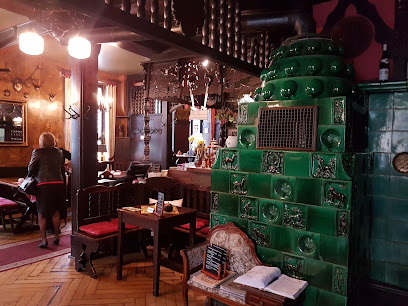
Altes Brauhaus
0.4 km
Discover the heart of Koblenz at Altes Brauhaus – where authentic German flavors meet vibrant local culture.
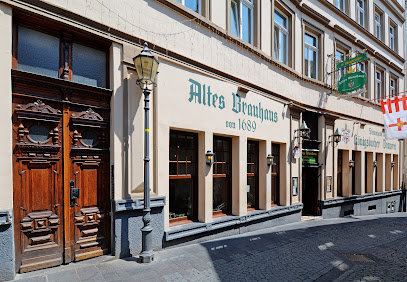
Restaurant Hanoi
0.4 km
Discover authentic Vietnamese cuisine at Restaurant Hanoi in Koblenz - where every dish tells a story.
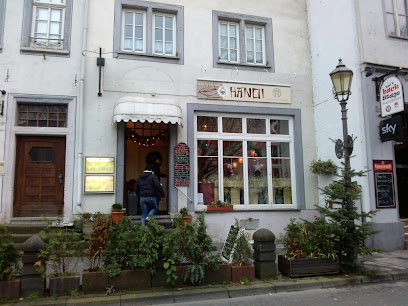
Markets, malls and hidden boutiques
Wolford Partner Boutique Koblenz
0.3 km
Discover luxury women's fashion at Wolford Partner Boutique Koblenz, where quality meets elegance in every piece.
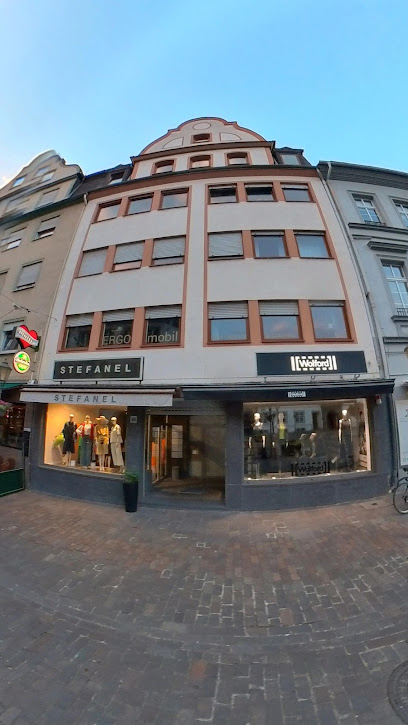
Boutiquen Isolde GmbH
0.4 km
Discover modern elegance and unique styles at Boutiquen Isolde GmbH, a charming women's clothing boutique in Koblenz, Germany.
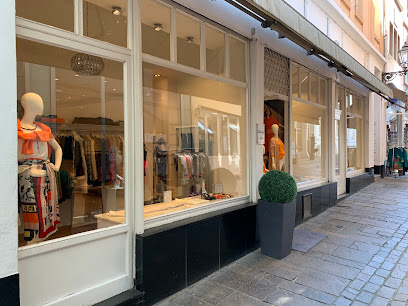
Zweite Liebe - Fashion Outlet Boutique
0.4 km
Explore Zweite Liebe in Koblenz for unique fashion finds and unbeatable deals in a charming boutique setting.
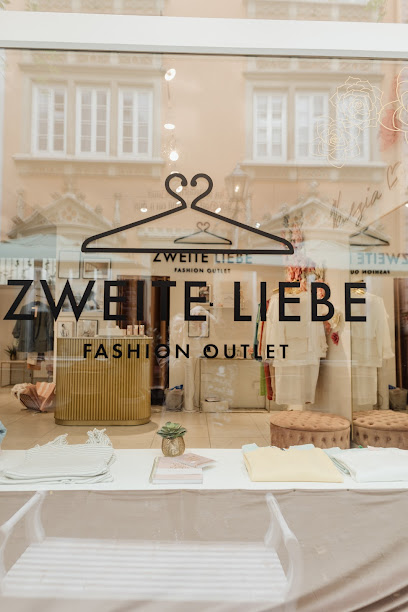
Commes GmbH
0.4 km
Explore the finest selection of chinaware at Commes GmbH in Koblenz, where craftsmanship meets elegance.
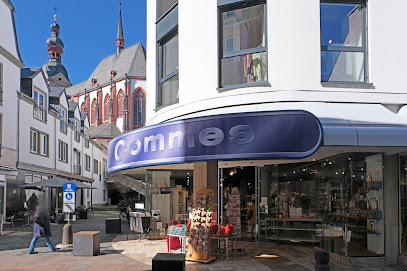
Unicorn Koblenz
0.5 km
Explore the mystical world of Unicorn Koblenz, your go-to metaphysical supply store in the heart of Koblenz, perfect for every spiritual seeker.

Bazaar of Wunderbar
0.5 km
Discover unique gifts and local treasures at the Bazaar of Wunderbar in Koblenz, where shopping meets cultural exploration.
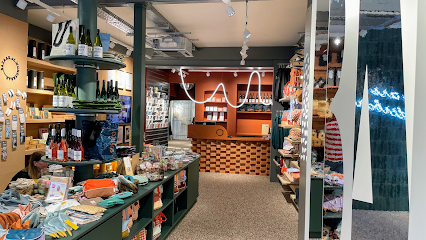
Kunstgässchen Koblenz
0.5 km
Explore Kunstgässchen Koblenz: A vibrant shopping mall offering unique boutiques, local art, and delicious dining experiences in the heart of Koblenz.
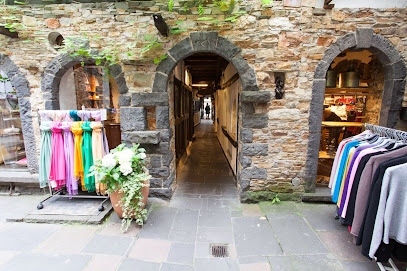
Bathroom
0.5 km
Discover unique souvenirs and local crafts at Koblenz's charming gift shop, capturing the spirit of the region in every piece.
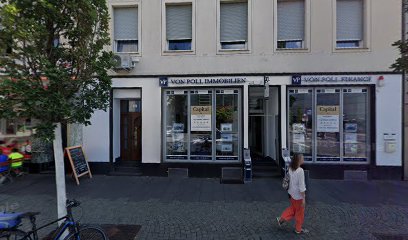
YASI WHO...?
0.5 km
Explore YASI WHO? in Koblenz for a unique shopping experience showcasing local fashion, style, and craftsmanship that you can't find anywhere else.

World - luxury fashion store
0.6 km
Explore luxury fashion at World in Koblenz, where style meets sophistication in an exquisite shopping experience.
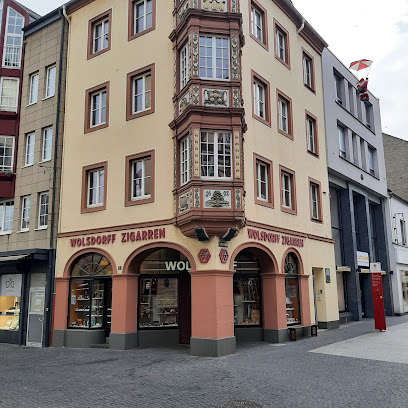
Iris Woldenga
0.6 km
Explore Iris Woldenga, a vintage women's clothing haven in Koblenz, offering unique fashion and an inviting atmosphere for all visitors.
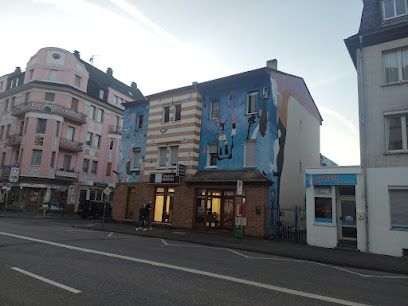
Vanezia Concept Store
0.6 km
Explore unique fashion finds in Koblenz at Vanezia Concept Store, where style and creativity converge for a delightful shopping experience.
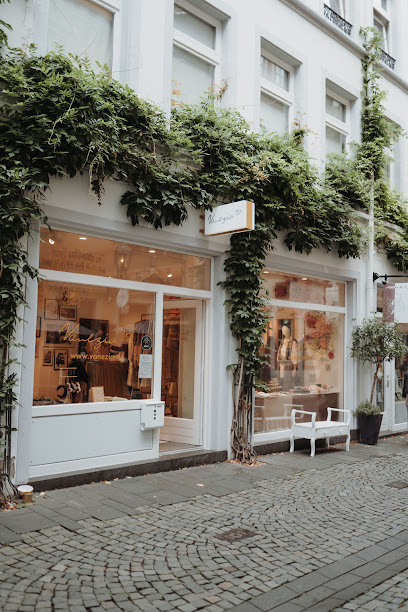
G-Star
0.6 km
Explore G-Star in Koblenz, a premier destination for trendy denim and stylish fashion accessories that cater to all tastes.
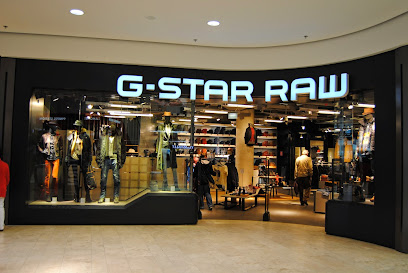
You fashion
0.6 km
Discover fashion trends and unique styles at You Fashion, Koblenz's premier shopping mall, perfect for every fashion enthusiast.
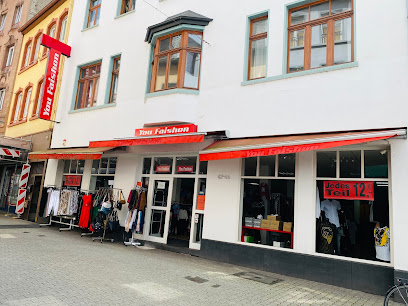
C&A
0.7 km
Explore C&A in Koblenz for stylish, affordable clothing for men, women, and children, blending quality with a vibrant shopping experience.
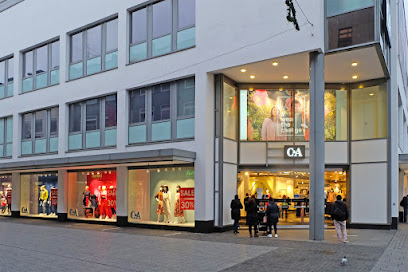
Essential bars & hidden hideouts
Königsbacher Biergarten am Deutschen Eck GmbH
0.2 km
Experience the best of German beer culture at Königsbacher Biergarten, where tradition meets relaxation in beautiful Koblenz.
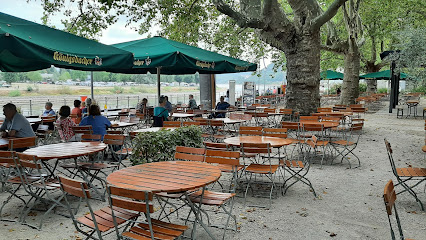
Mephisto - Koblenz
0.3 km
Discover the energetic vibe of Mephisto in Koblenz, a premier pub offering delicious food, refreshing drinks, and an unforgettable local experience.
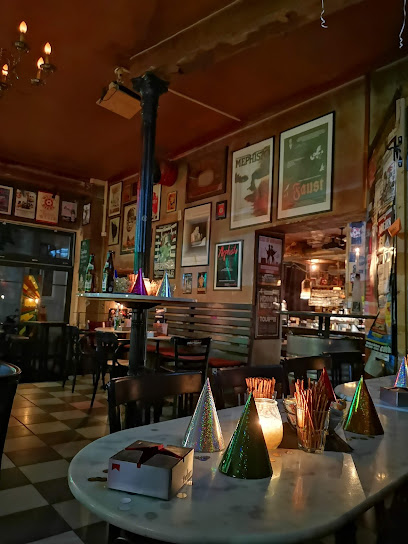
Winninger Weinstuben
0.3 km
Experience the rich flavors of local wines at Winninger Weinstuben in Koblenz, a charming wine bar perfect for every wine lover.
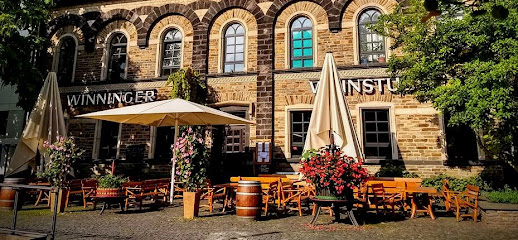
Daddy-O's - Koblenz
0.3 km
Discover Koblenz's top cocktail bar, Daddy-O's, where expertly crafted drinks meet a vibrant atmosphere for an unforgettable night.
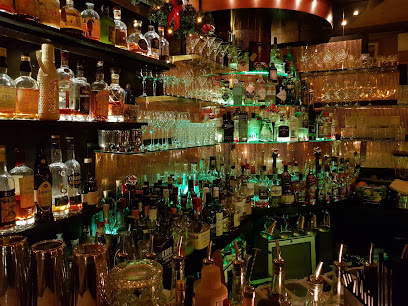
M's GASTWERKoblenz
0.3 km
Discover M's GASTWERKoblenz, a charming lounge offering exquisite cocktails and wines in a cozy atmosphere, perfect for unwinding after a day of exploration.

Public Lounge Bar - Koblenz
0.3 km
Discover the lively Public Lounge Bar in Koblenz, where cocktails meet community in a vibrant atmosphere perfect for unwinding after a day of exploration.
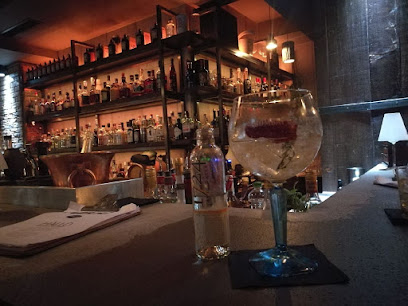
Café Bar My Way
0.4 km
Discover the perfect blend of relaxation and excitement at Café Bar My Way, Koblenz's favorite spot for coffee, cocktails, and light bites.
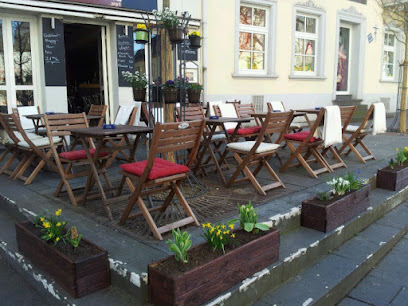
Gecko Lounge
0.4 km
Discover the vibrant nightlife of Koblenz at Gecko Lounge, where delightful drinks and a lively atmosphere await.
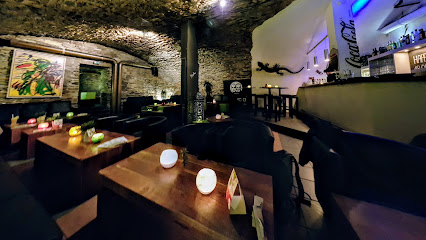
Zum Schiffchen
0.4 km
Discover the heart of Koblenz at Zum Schiffchen, where traditional German cuisine meets a lively pub atmosphere.
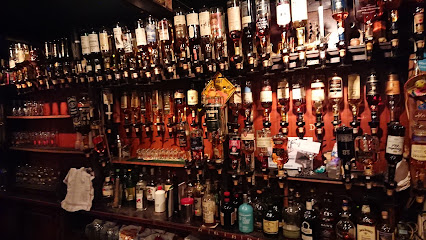
Atlas Bar - Koblenz
0.4 km
Discover the vibrant atmosphere of Atlas Bar in Koblenz, where relaxation meets socializing in a charming setting.
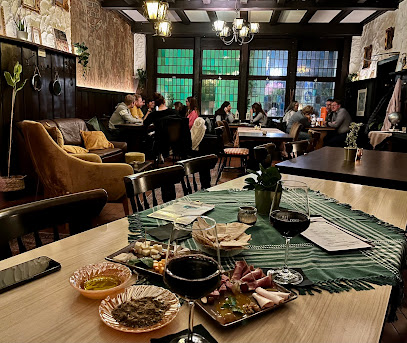
McCoy - The Highball Ltd.
0.4 km
Discover McCoy - The Highball Ltd., Koblenz's premier cocktail bar, where innovative drinks and a vibrant atmosphere create unforgettable experiences.
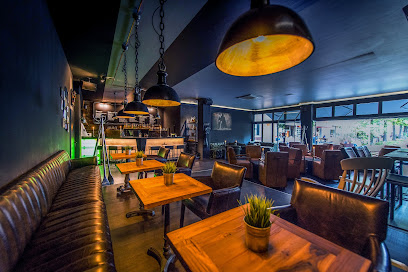
BackStage Koblenz
0.4 km
Discover the energetic nightlife of BackStage Koblenz, a lively bar and pub perfect for socializing and enjoying local drinks.
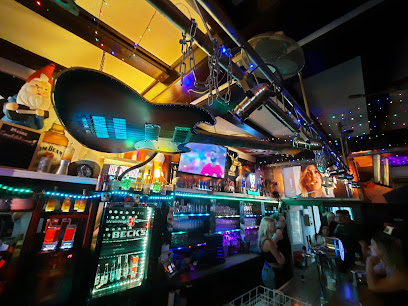
Druckluftkammer
0.5 km
Experience the vibrant nightlife at Druckluftkammer in Koblenz, where cocktails and dancing meet a lively atmosphere for an unforgettable evening.
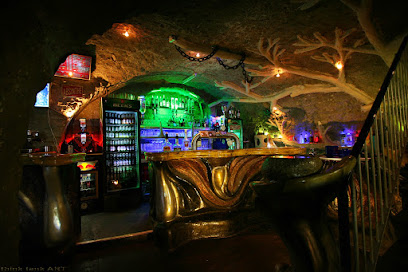
Shotz Koblenz
0.5 km
Discover the lively atmosphere and diverse drink selection at Shotz Koblenz, a must-visit bar in the heart of Germany's charming Altstadt.
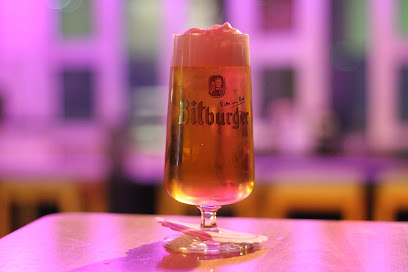
Zeitlos
0.5 km
Experience the vibrant nightlife of Koblenz at Zeitlos, a lively bar offering an extensive drink menu and a welcoming atmosphere for all.




